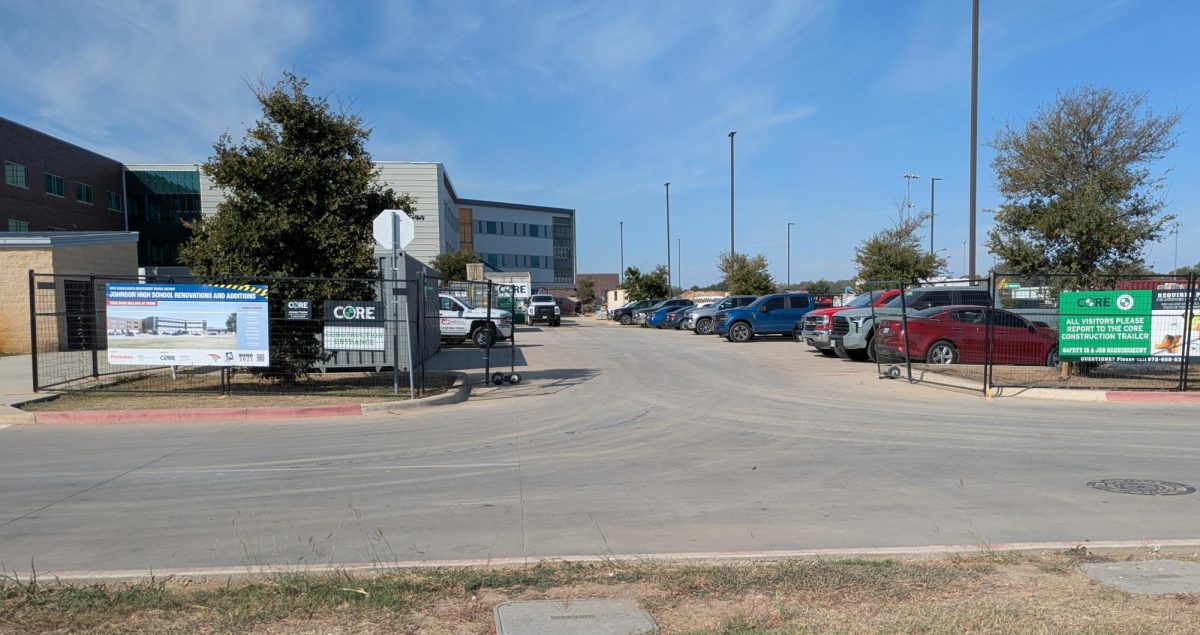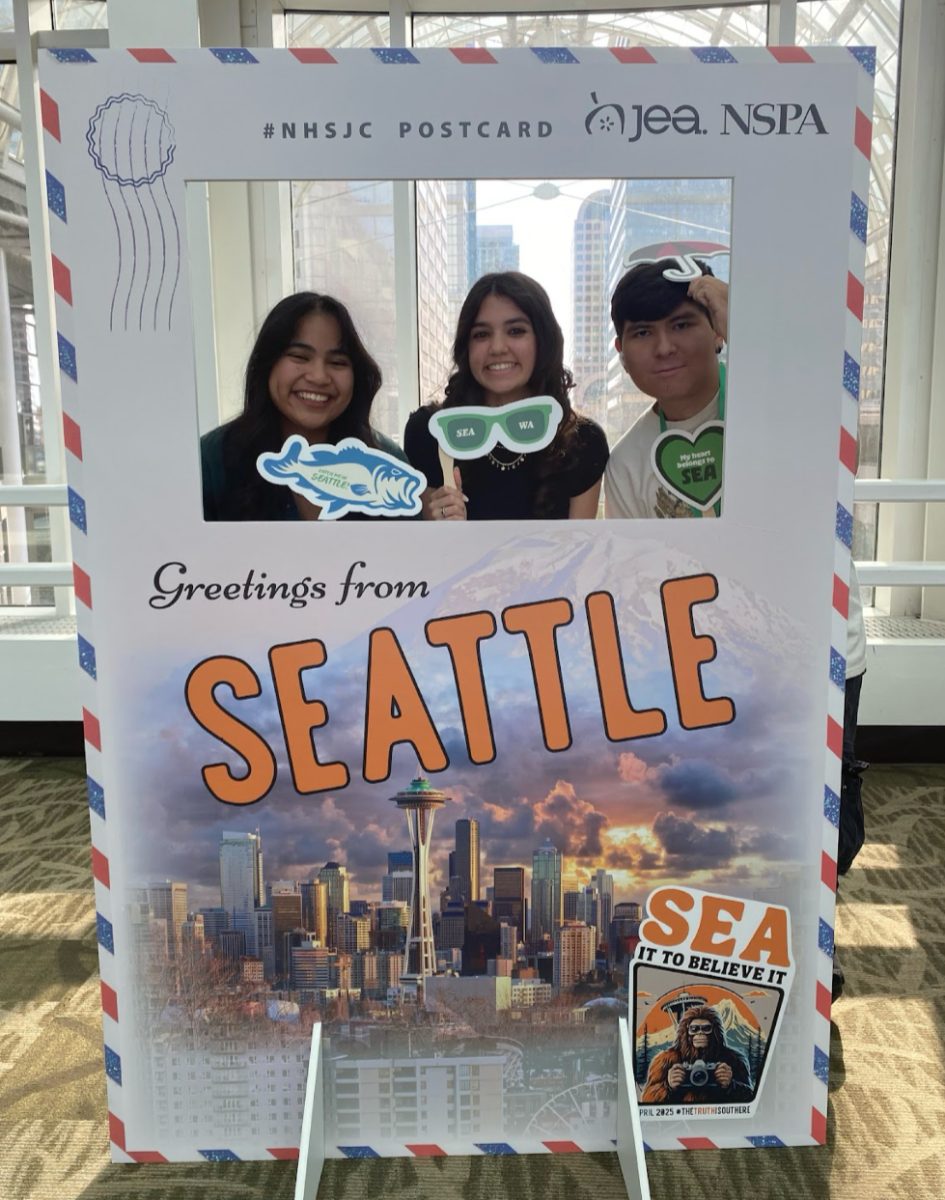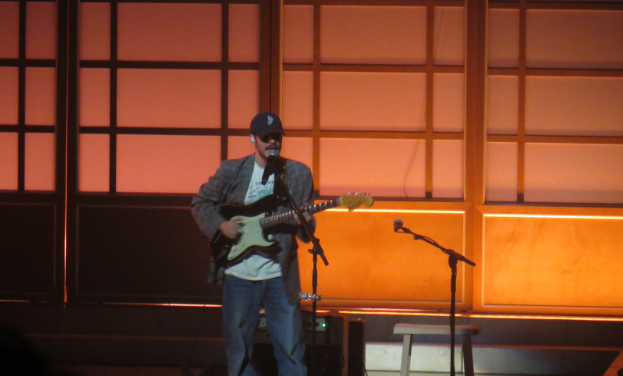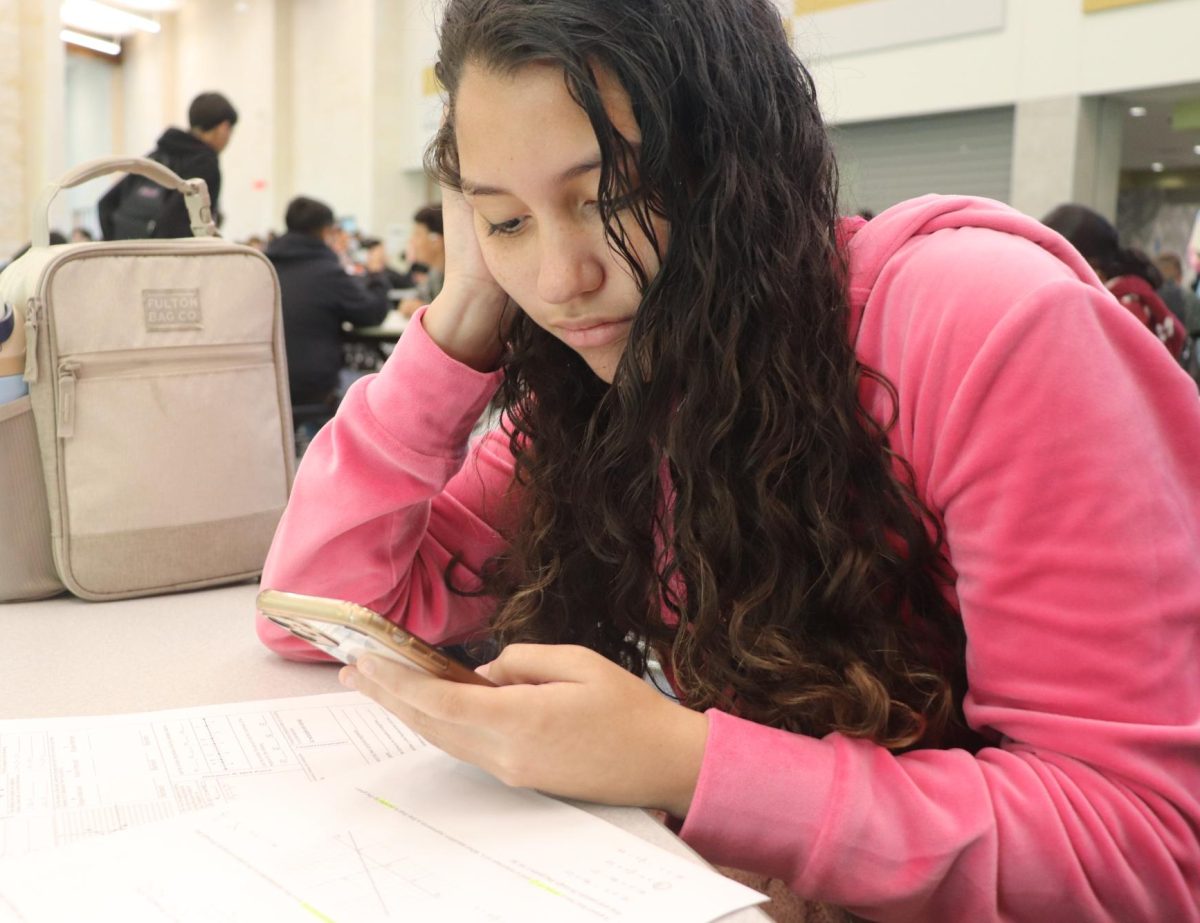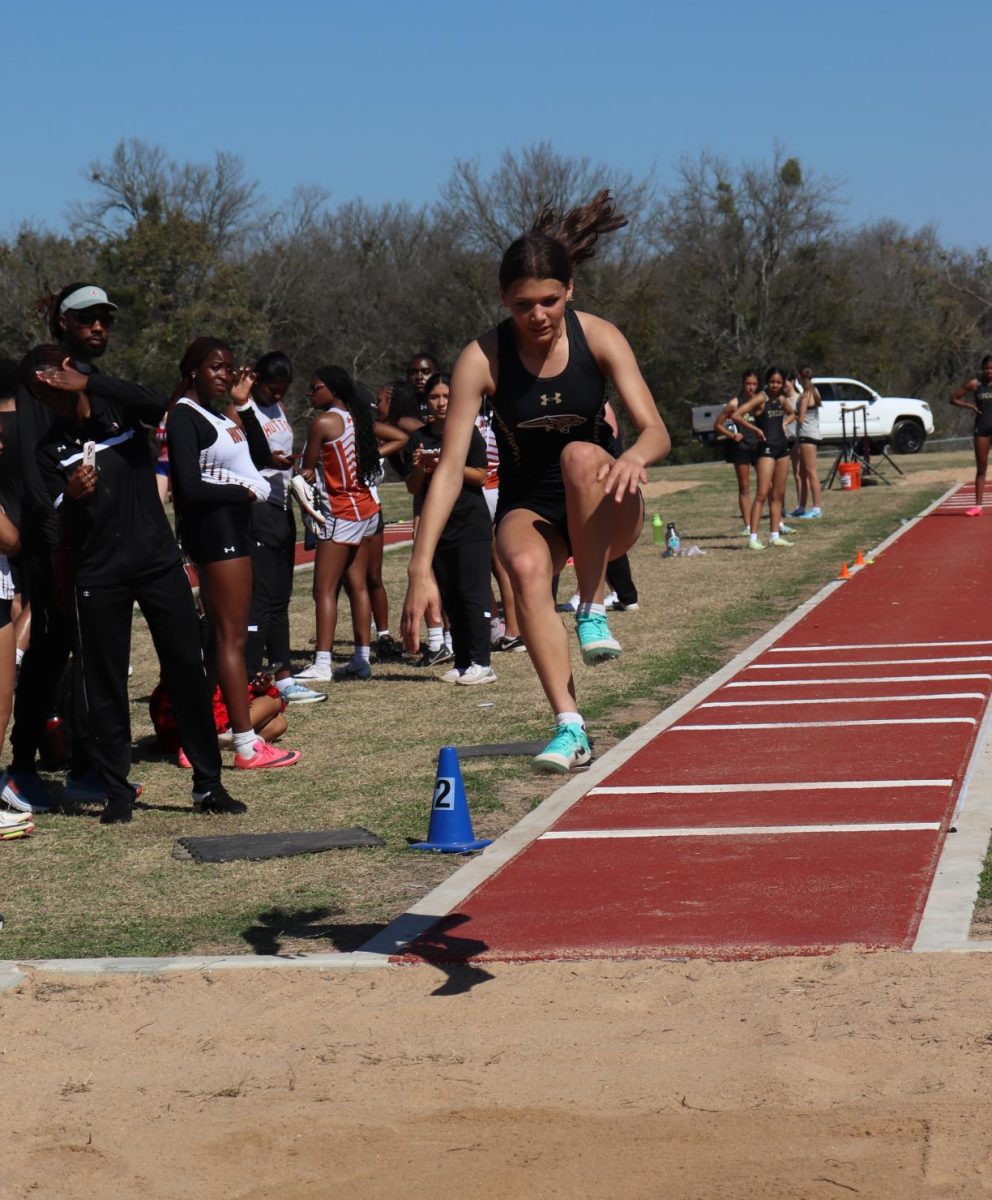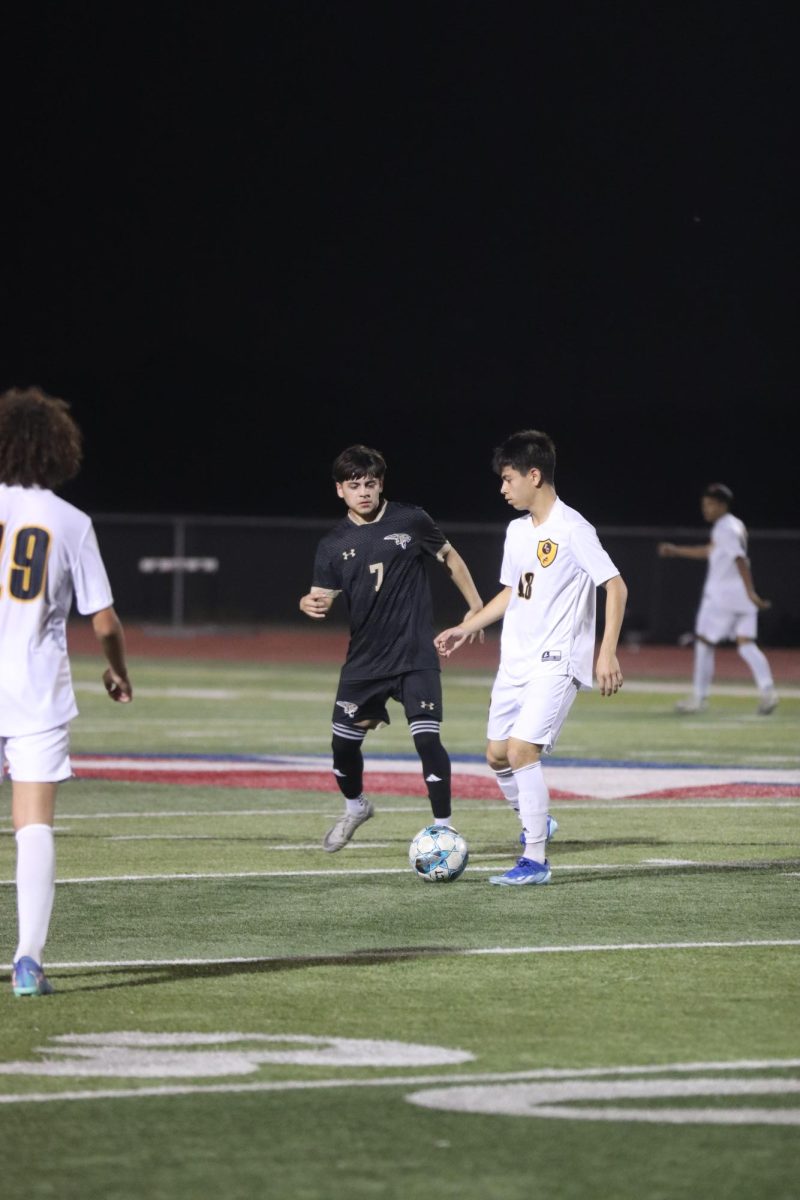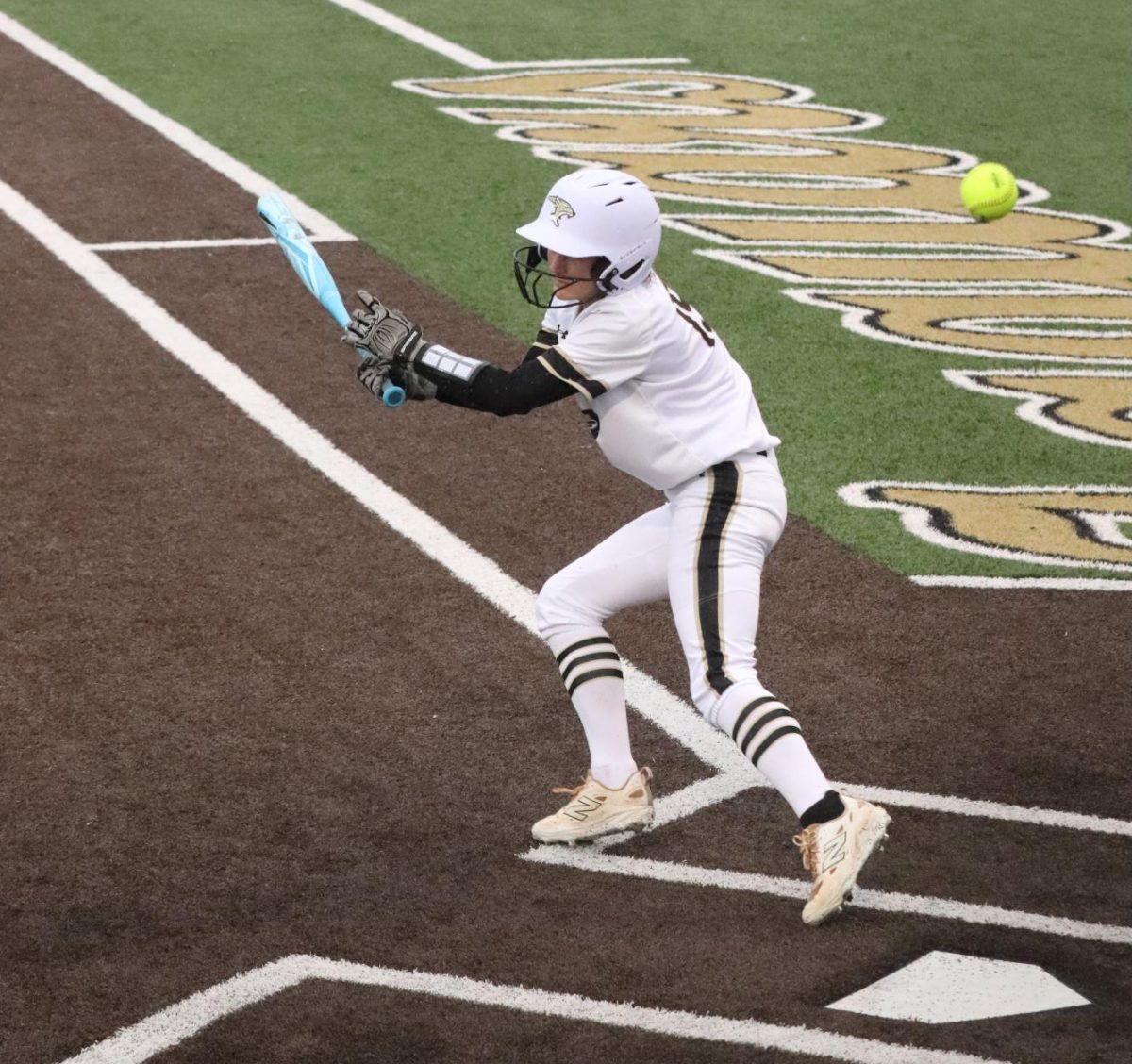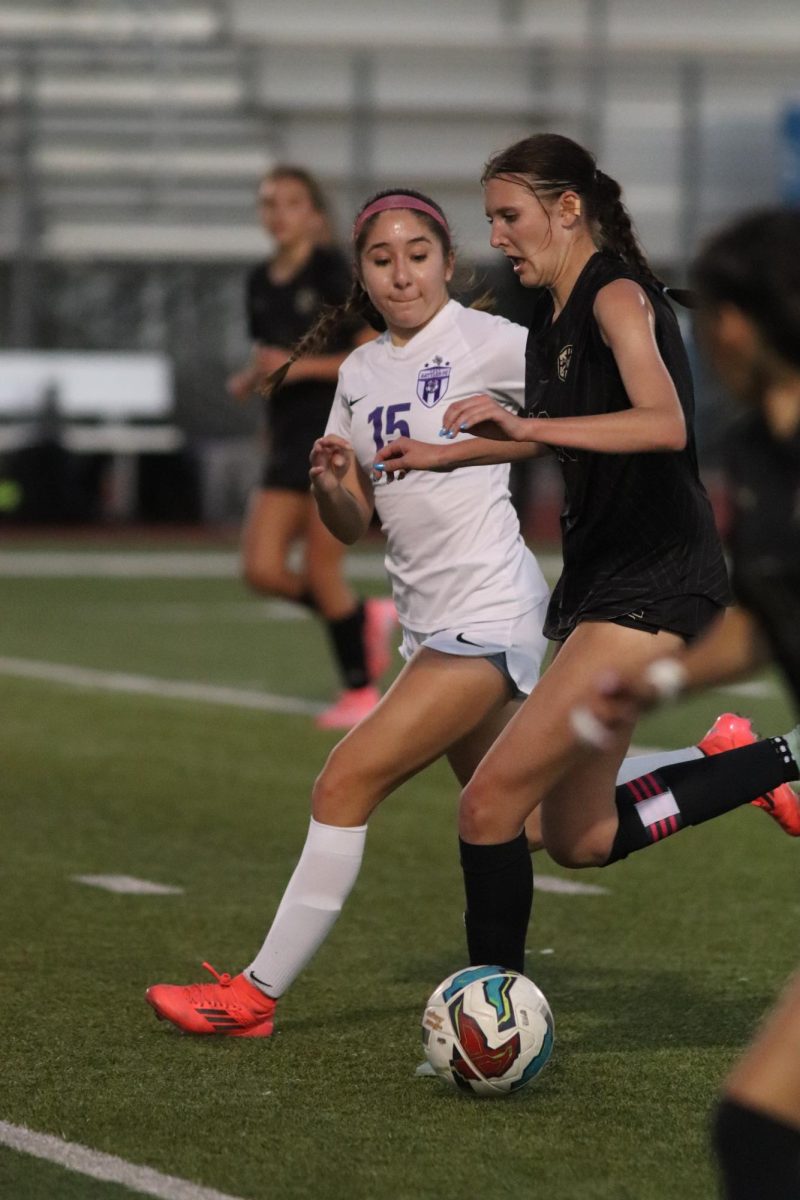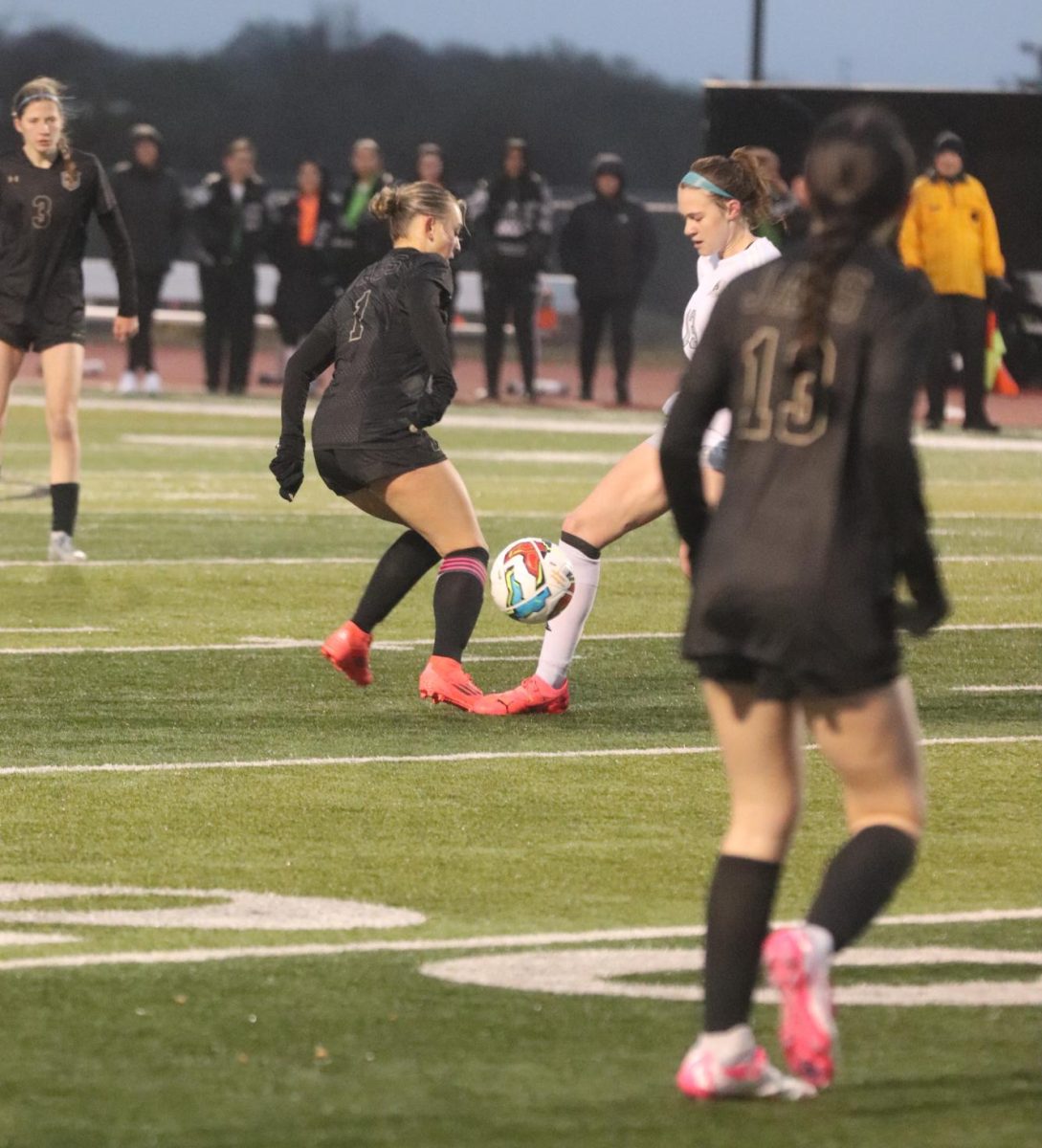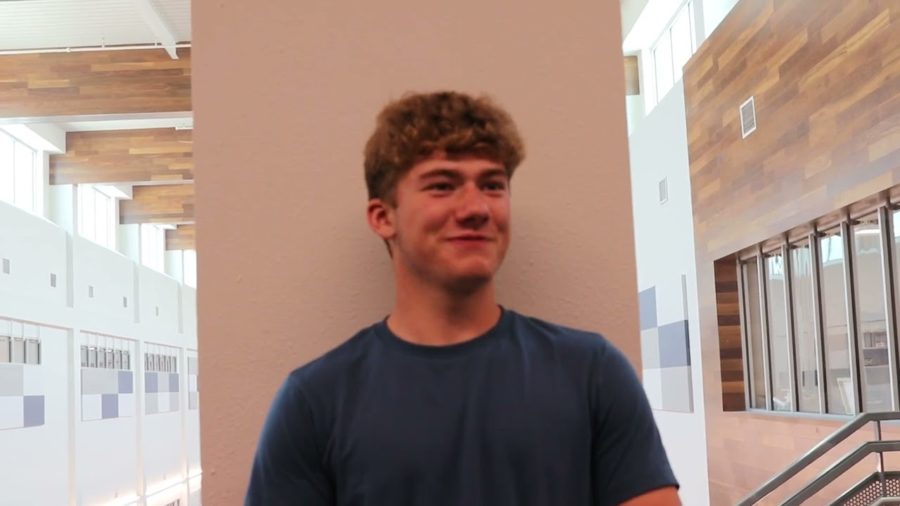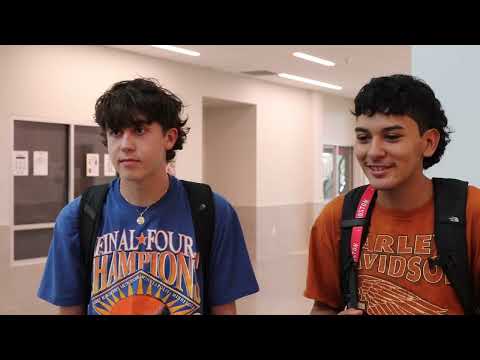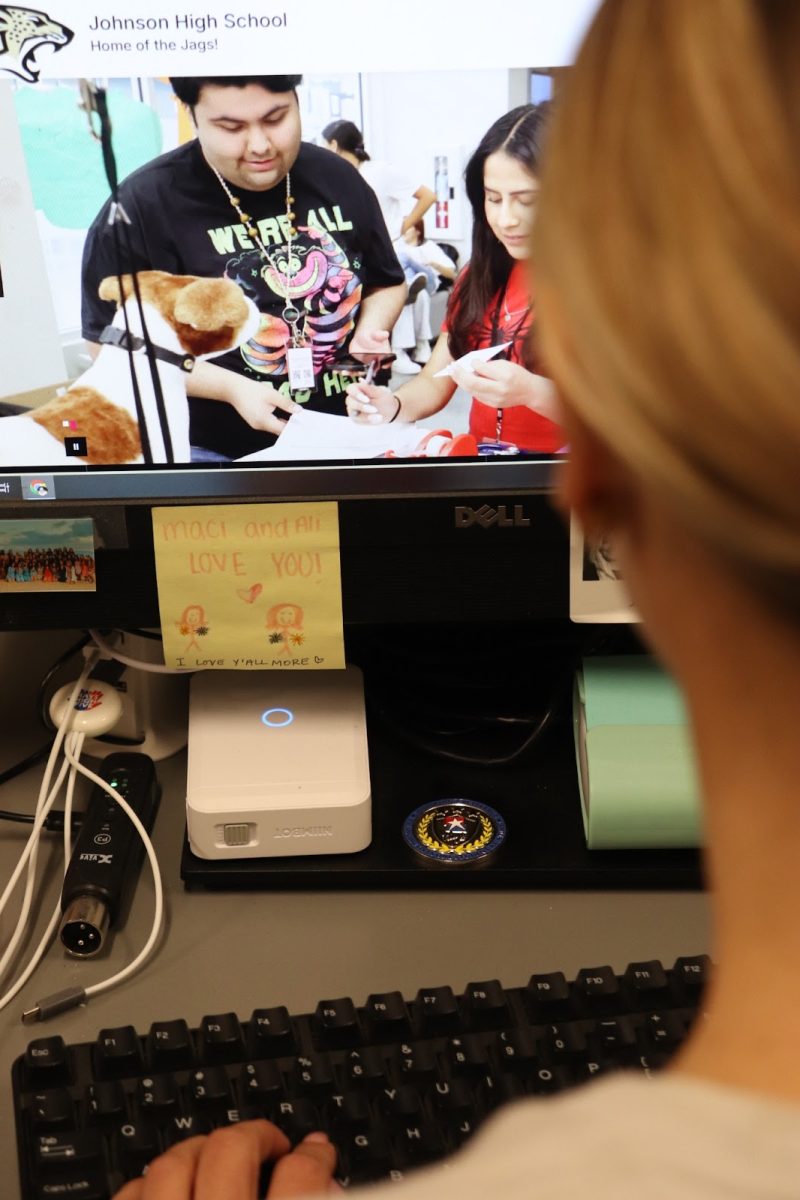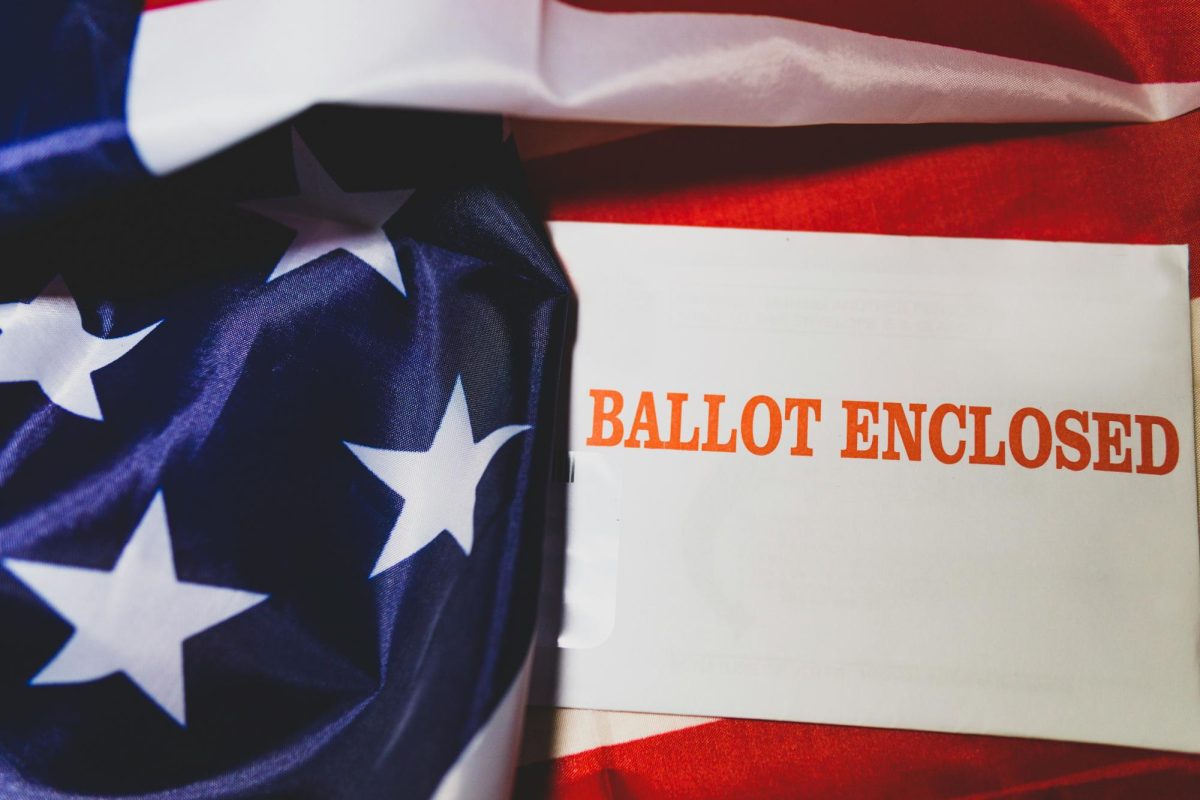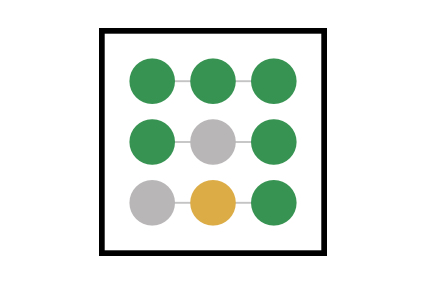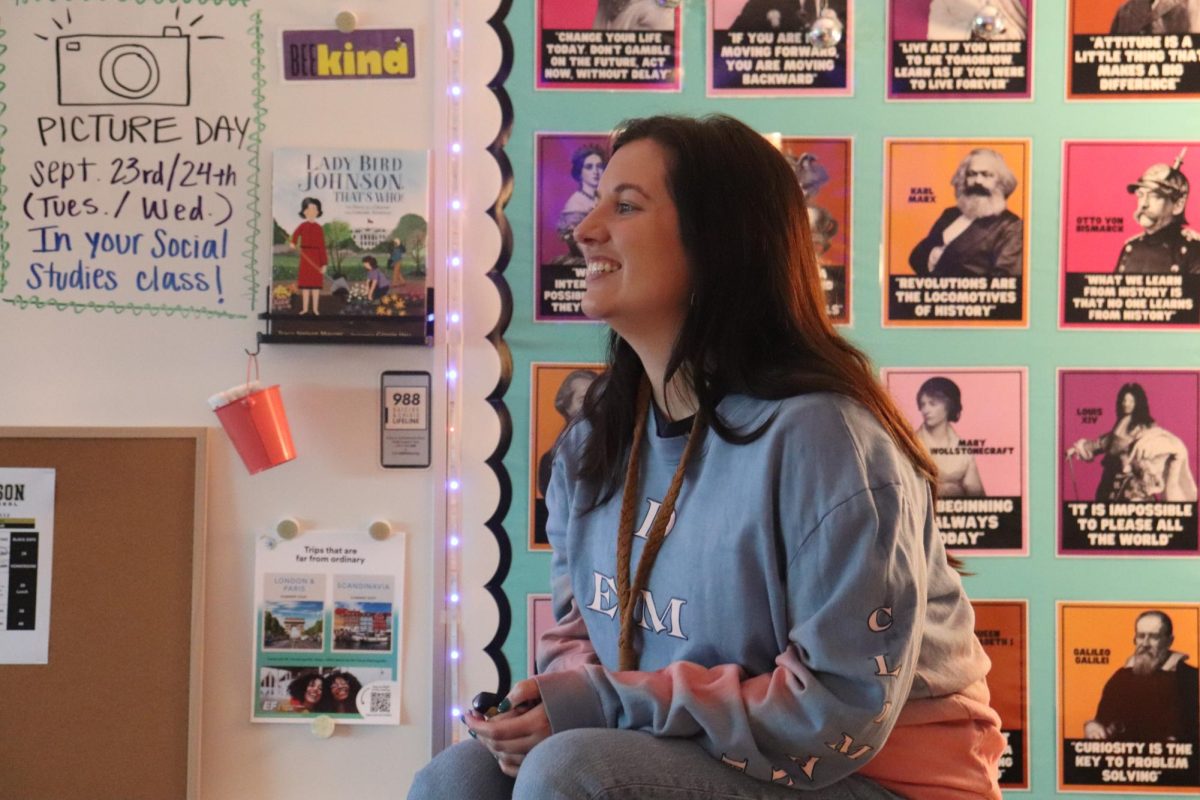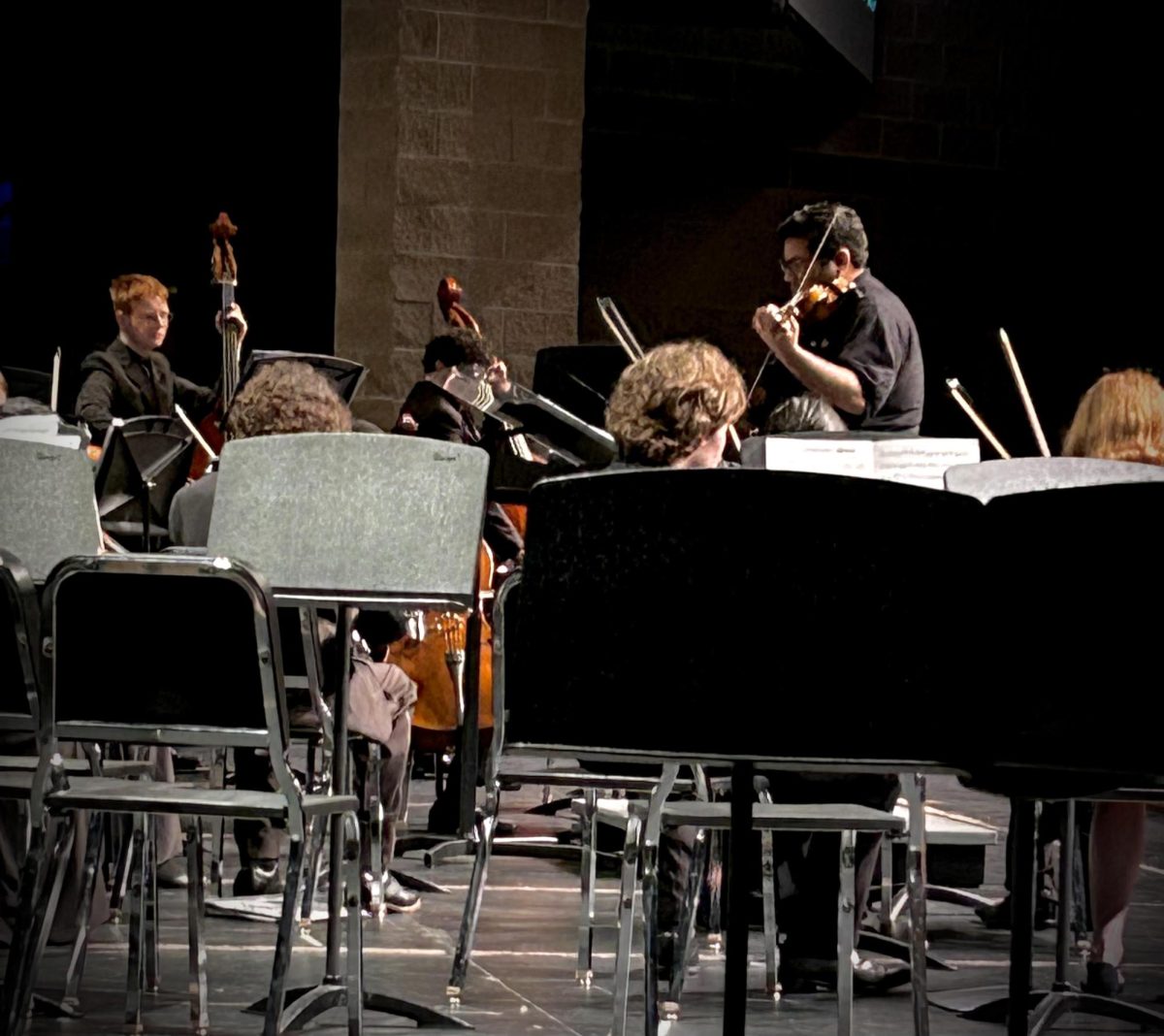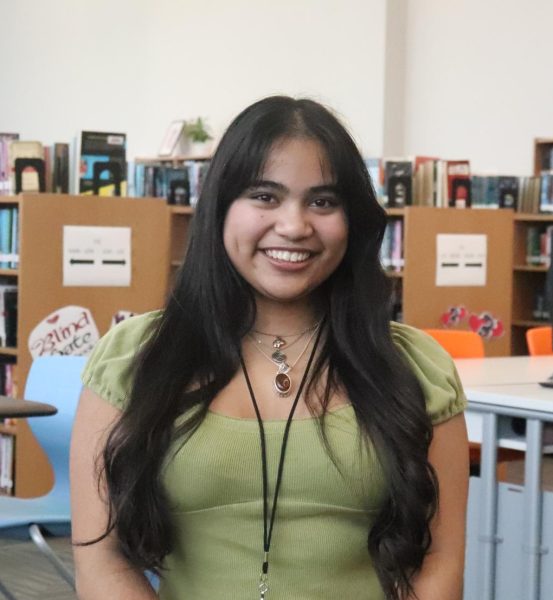They can do everything from applying first aid to restarting a heart.
The Athletic Medicine Program is a big part of safety for athletes on campus and at games. The athletic trainers also guide and teach students interested in healthcare.
“The biggest thing I tell [student trainers] is you get out of it what you put into it,” athletic trainer Phillip Jones said. “If they’re actually active and want to learn stuff then we’re more willing to teach them.”
Students who become involved do so voluntarily, since there isn’t a class period they can join. They come in as early as 5 a.m. and stay late after school every day, along with attending sports games to aid athletes and the trainers.
“I just want to help as best as I can, whether its nose bleeding, any type of injury,” senior student trainer Zaniah Hoskins said.
A big part of becoming an athletic trainer is the relationship they have with the athletes. So when students are learning about helping the athletes, they need to be reminded to respect the athletes.
“You don’t ever want to do anything to make the athlete feel uncomfortable in their space,” athletic trainer Savannah Burris said. “So if someone gets injured, don’t be laughing at them. We want to keep their safe space their safe space.”
Although most sports have a multitude of coaches, the program only has three trainers. With some class periods consisting of multiple sports occurring at the same time, it can get tiring for the three trainers.
“We try to stay positive and always treat someone with the same energy we had with another kid no matter how tired we are,” Burris said. “Just to make sure we’re treating them fairly.”
With the positive energy of the trainers, their environment has evolved to be a safe space for athletes to gain help beyond physicality. If a student athlete has a personal issue, they tend to feel more comfortable discussing it with a trainer than their coach.
“We can also be some type of counselor,” athletic trainer Marcus Graham said. “We kind of know firsthand what they’re going through, what they’re dealing with. And we communicate that with the coaches, help them understand.”
Students wanting to join the program can contact the athletic trainers, but as of right now, they aren’t accepting any more student trainers.
“They put in the time and effort. We need the help, and it takes the slack off us a little bit,” Graham said. “Some of them have mentioned they want to do this in the future so we can give them a bunch of insight of what to expect and experience. We want to prepare them. That way if they’re wanting to pursue this as a career, they’re ready.”


